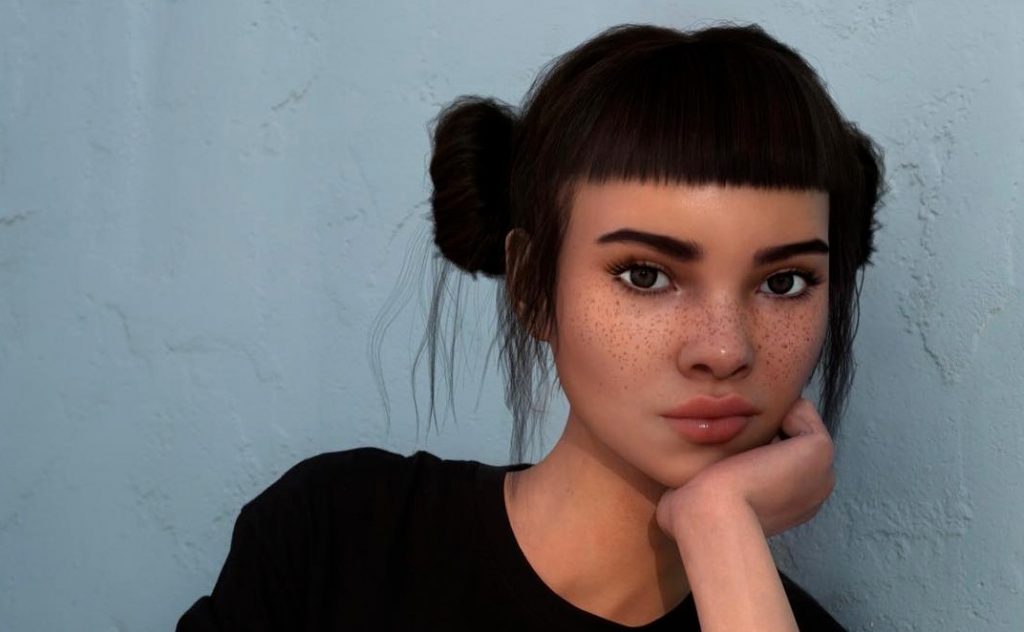The metaverse has opened the door for opportunity and innovation in all industries and the fashion industry is no exception.
The question is, what does fashion look like on this new plane of reality?

Fashion shows
Due to the pandemic, many fashion events went virtual. Online fashion shows allowed designers to stream their work to an audience larger than ever before. This accelerated the digital shopping experience in a way that consumers can view and virtually interact with clothing.
During this year’s London Fashion Week, designer Roksanda debuted a fashion week first with a virtual finale look dress in the form of an NFT. Consumers were able to ‘try on’ the dress through AR technology.
Co-Founder and CEO of Clearpay, Nick Molnar, explained “A big part of our commitment to London Fashion Week is ensuring that fashion is accessible to consumers.”
Similar steps have been made internationally. During New York Fashion week, designer Jonathan Simkhai put on a digital runway featuring eleven of his AW22 looks, with guests attending as avatars of themselves.
Gaming
The gaming world is a huge part of the metaverse as its very premise is typically based around online avatars. So, it’s no surprise that big players in the fashion industry have been getting involved, launching digital collections that often go alongside physical ones.
American fashion house Balenciaga partnered with popular video game Fortnite for a virtual fashion show, along with wearing character skins that gamers can use, as well as releasing the collection in stores for people to buy. This merge of gaming and fashion isn’t a totally new concept. Back in 2019, Louis Vuitton designed the skins for League of Legends. In 2020, Marc Jacobs and Valentino put on fashion shows in Animal Crossing.
Virtual influencers
A virtual influencer is a digital character that is given a personality and gains a large number of followers on social media. Virtual influencer Lil Miquela (@lilmiquela) has 3 million Instagram followers and has done campaigns with Calvin Klein, Dior and Gucci. Children’s icon Barbie has also been reimagined on social media, posting about her life, friends and relationship as if she were a real person.

Sustainability
There is some debate as to how sustainable the metaverse will be in terms of carbon emissions. On the one hand, the opportunity for virtual events will dramatically reduce the impact of the events themselves. For example, an estimated 241,000 tonnes of CO2 are emitted from travel to fashion weeks alone. It could also be argued that owning NFTs or virtual clothes could reduce the purchase of physical clothing, to an extent.
However, the power to run the technology necessary for the metaverse is huge, it’s been predicted that we may require 1,000 times the power over our current capacity – an enormous loss for the environment.
Steps are being taken by the big tech players to try and minimise this issue. Innovative solutions are needed to improve the efficiency of our technology and ultimately reduce the metaverse’s impact.
What is certain is that as the metaverse grows and realities shift in new ways, the fashion industry will find new, creative ways to use the space and bring a new level of engagement to their buyers.
